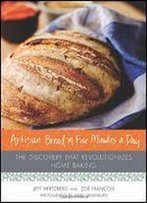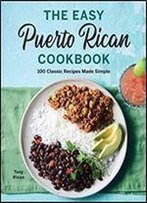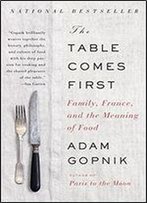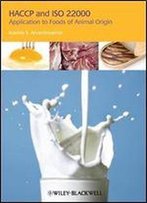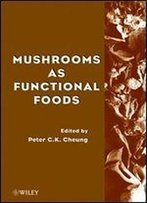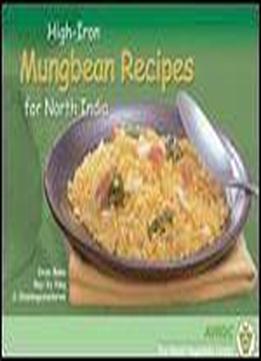
High-iron Mungbean Recipes For North India
by Kiran Bains /
2004 / English / PDF
6.1 MB Download
Mungbean is widely grown and consumed in India. The pulse is an excellent source of protein (20%) and a fair source of iron (4–7 mg per 100 g), but the presence of phytate and tannin in mungbean reduces its iron bioavailability significantly. This loss of nutritional value is critical since iron deficiency anemia is the major micronutrient deficiency problem in India, affecting more than 320 million people. Estimates are that 40–80% of pregnant women, 60–70% of children, and 50% of adolescent girls in India suffer from anemia.
Vijayalakshmi et al. (2003) have shown that a food-based approach using improved mungbean recipes is a sustainable way to reduce this nutritional disorder. The bioavailability of iron from mungbean may be enhanced through sprouting or by cooking it with vegetables such as tomato and cabbage. Vegetables exerting iron bioavailability-enhancing effects were further reported by Yang et al. (2002). Subramanian and Yang (1998) have prepared improved mungbean / vegetable recipes for South India. These recipes were developed with an emphasis on simple cooking methods, locally available and inexpensive ingredients, and consumer acceptability.
